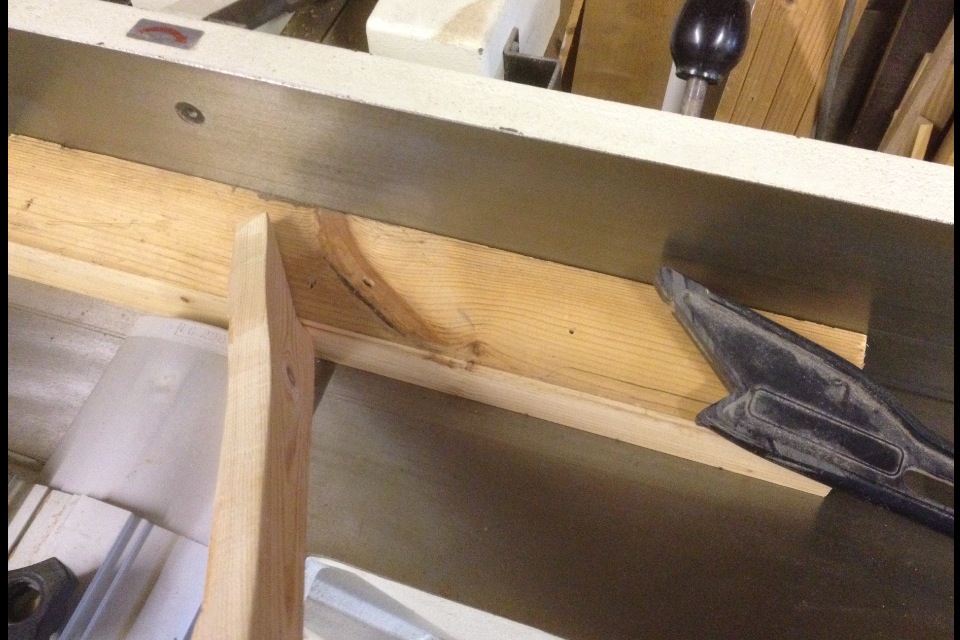Photos. Caution, Push Stocks in operation
2 new ones, 2 copies. Best copied from ply or mdf which won't snatch or splinter if nipped - they just get trimmed instead.Or trimmed on purpose to hold a thin board etc. Good to have a handful of copies always handy near the machines. NB they are consumables - you don't bother about getting a bit trimmed off.
Planer not particularly sharp or bed waxed. No preparation at all. Still does a reasonable job including on a bit of manky sycamore.
I can't believe I'm the only person in the universe who uses this simple reliable and very safe method.
I am not happy when I read of accidents like woody2shoes above - accidents are very easy to avoid and our so-called safety advisers need to get up to speed on this one.
I vary the holding of course, depends on the workpiece - sometimes hands on and/or other guarding, is best.
The birdsmouth allows a very variable pressure from vertical to horizontal and you can choose where to apply it. Long pieces you can walk push stocks past each other so it's always being held down.
It's a very easy and stress free method and the extra reach means less moving about and/or leaning over.
I've been doing it so long this way that I feel nervous if my hands are closer than a push stock length from the cutters.
Random pieces of wood from the workshop floor
Just checking - are these photos oversized I can't be bothered to go through them sizing each one? I will if you can't read them.














































